King George's War
FRENCH LEADER
French: Duc D'Anville, leading a fleet to America, was sent by the French King as a counterattack to the capture of Louisburg (Elson)
The two sides of this war were France and Great Britain.
-
France allied with Indians mostly from tribes in the Ohio Valley and Great Lakes regions (Pike)
-
Britain allied with some of the Iroquios; but relied on Indians less than the French did (Pike)
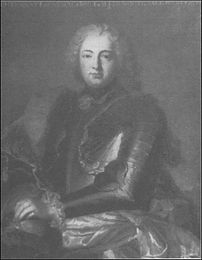
WHAT HAPPENED?
-
Still fighting about the same issues that caused King William's War and Queen Anne's War, the British's trading rights were a huge topic of controversy. This war is a continuation of the problems that spiraled into a larger European war (Brinkley, p 194)
-
France waged war on Great Britain on March 31st, 1744 (Selesky)
-
The British capture Loiusburg on Cape Breton Island in June 1745 (Elson, 168-170) which was the strongest fortress in the New World at that time (Leavitt)
-
The French captured Madras in 1746 while Britain "gained control of the seas" (Selesky)
-
There were other small battles and attacks; these were guerilla-style and done by the French (Pike)
-
The war was ended by the Treaty of Aix-la-Chapelle on 18 October 1748 whichgave the colonies that were conquered back to their original owners (Selesky)
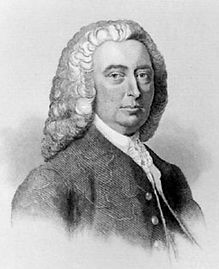
William Shirley: governor of Massachusetts who was the initiator of the Seige of Louisburg (Leavitt)
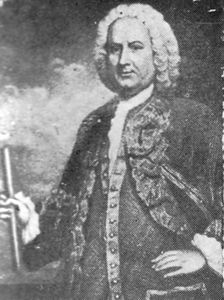
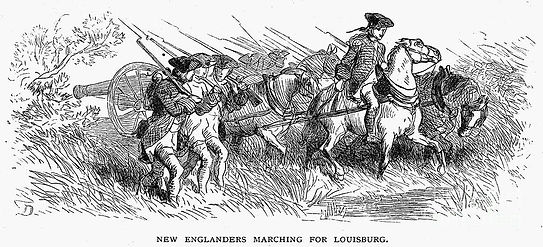
ENGLISH LEADERS
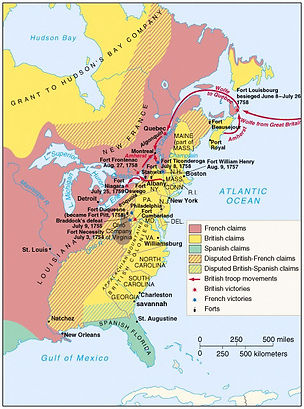
This map shows which territories
each group has control over
during the war
Date: 1744-1748 (Pike)
Location: New England, America
-
main battle in Louisburg (Balcom)
CONSEQUENCES:
This war left Britain and France still on shaky grounds, allowing for more conflicts to increase and spead in Europe. This would lead to another war starting in North America. (Selesky)
William Pepperell of Maine was appointed by Governor Shirley to be the commander of the Louisburg attack (Elson)
http://www.kellscraft.com/MainePioneer/MainePioneerImages/New0045.jpg
Citations:
-
"History of the United States of America," by Henry William Elson, The MacMillan Company, New York, 1904. Transcribed by Kathy Leigh. Print.
-
Selesky, Harold E. "Austrian Succession, War of the." Encyclopedia of the American Revolution: Library of Military History. Ed. Harold E. Selesky. Vol. 1. Detroit: Charles Scribner's Sons, 2006. 46. U.S. History in Context. Web. 9 Oct. 2015.
URL
http://ic.galegroup.com/ic/whic/ReferenceDetailsPage/ReferenceDetailsWindow?failOverType=&query=&prodId=WHIC%3AUHIC&windowstate=normal&contentModules=&display-query=&mode=view&displayGroupName=Reference&limiter=&currPage=&disableHighlighting=false&displayGroups=&sortBy=&search_within_results=&p=WHIC&action=e&catId=&activityType=&scanId=&documentId=GALE%7CCX3454900079&source=Bookmark&u=va_p_covenant_s&jsid=6228ec9bfbb198cb7a19a9615a6e9cfd
-
Leavitt, Luther C. "The Siege of Louisburg." The Founders & Patriots of America.
Founders & Patriots of America, 2015. Web. 8 Oct. 2015.
<http://www.founderspatriots.org/articles/louisbourg.php>. -
Brinkley, Alan. The Unfinished Nation: A Concise History of the American People.
6th ed. Boston: McGraw Hill, 2004. Print. -
Balcom, B. A. "King George's War: Siege of Louisburg." American History Magazine
Aug. 1995: n. pag. History Net. Web. 8 Oct. 2015.
<http://www.historynet.com/king-georges-war-siege-of-louisbourg.htm>.